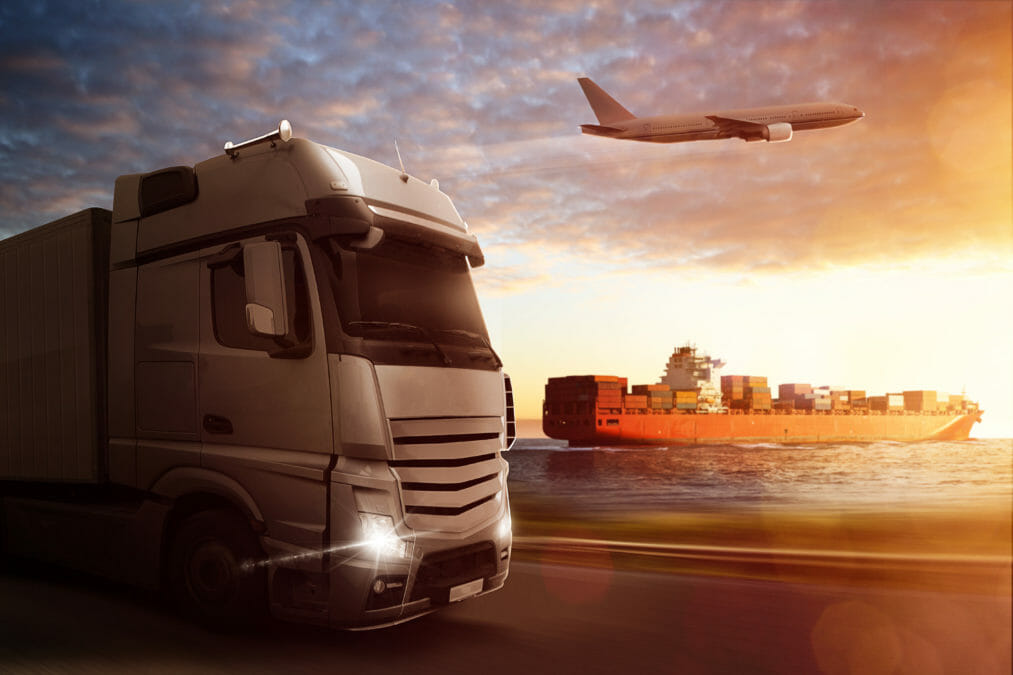Perhaps the biggest challenge for transport operators right now is tackling climate change, and this will set the agenda for 2022. Following the recent COP26 convention in Glasgow, sustainability is a key goal for the transport sector – and the pressure to act on this will ramp up as the government put plans in place to reduce carbon emissions across all industries by 78% before 2035.
The sector has its work cut out, however. Transport currently accounts for 27% of the UK’s total carbon emissions, making it one of the most carbon-intensive sectors – and 91% of this is generated by road transport vehicles.
To address these mounting concerns, taxi firms, delivery companies and other ground transport operators will all look to play their part as they a) reduce their own emissions, and b) find ways to help reduce the number of privately owned cars on our roads.
Responsible Tech Series 2021 Part 2: how tech can lend itself towards sustainability worldwide
E-fleets
This will see the rise of the e-fleet during 2022 as the sector embraces green vehicles, such as electric taxis and e-bikes. With more financial support available than ever before, transport operators will be able to take serious steps as they transition to electric vehicles (EVs).
Oxford city council, for example, has already announced a £5,000 grant for local taxi drivers purchasing an electric vehicle. And more recently, EV funding was also announced for taxi drivers in Greater Manchester to align with the city’s Clean Air plan.
With the government and local authorities supporting this “go green” agenda in transport, we expect to see initiatives such as these kick-start a movement away from petrol and diesel cars in 2022. These e-fleets will also play a crucial role in encouraging people to start leaving their private owned vehicle at home – helping to reduce the number of cars on the roads next year.
MaaS transport systems
While you shouldn’t expect private car ownership to be abandoned in great numbers in 2022, you will see this lofty ambition start to sprout green shoots – in the form of Mobility-as-a-Service (MaaS).
Across Europe, we are already seeing many countries investing resources into MaaS solutions which incentivise people to choose public transport. Austria, for example, recently launched a travel pass that allows commuters to hop between bus, tram, and train for just €3 a day. This is cleverly named the Klimaticket – or ‘climate ticket’.
The big challenge these MaaS services face, however, is providing a true “door-to-door” solution that will allow most people to leave their car at home. But this is where e-fleets can fill the gaps, by helping to join different forms of public transport together.
This may seem far-fetched, but the reality is that you are already seeing this vision manifest itself in apps such as Uber – which has already offered access to various forms of public transport alongside its ride hailing service.
How to sell mobility online
Rapid delivery services
Delivery is also an area where we expect to see the movement towards e-fleets grow. We’ve already seen this being trialled, with parcel-delivery company DPD making the switch to a fully electric fleet in Oxford. It’s estimated that by replicating this in more cities, DPD could reduce CO2 by 42,000 tonnes by 2025.
While third-party delivery companies offer retailers an efficient service, carrying as many as 320 parcels a day, this model is challenged when it comes to customers’ growing expectations they can receive deliveries within hours.
Sparked by lockdowns, which led to a 48% increase in online shopping, the “rapid grocery delivery” trend looks set grow in 2022. Grocery delivery company Getir, for example, built a fleet of almost 1,000 vehicles in 2021 to service this need – and is planning to spend £100m more to expand its offering.
Given the current driver recruitment crisis, which is currently affecting delivery and taxi firms, we are not expecting many other operators to invest that kind of money into building new fleets though. Instead, you are more likely to see retailers working with existing fleets. Currys, for example, recently partnered with Uber to provide its customers in London with 30-minute deliveries on products like laptops and ink cartridges.
Local options
You are also likely to see big brands and local businesses partnering with local taxi operators – which now also offer local delivery services – as they look to expand their offerings beyond London and move into the rest of the country.
This will work in a very similar way to how Uber is currently partnering with private hire operators around the country to tackle the driver shortage challenge, through its Local Cab product. If people no longer need to get into their own cars to collect shopping, these more local and rapid delivery options will offer another way to reduce vehicles on our congested roads right across the country.
And, if those needs are being serviced by e-fleets, we can expect to see the transport sector take some significant strides towards reducing the carbon footprint of all vehicles across the country next year.











